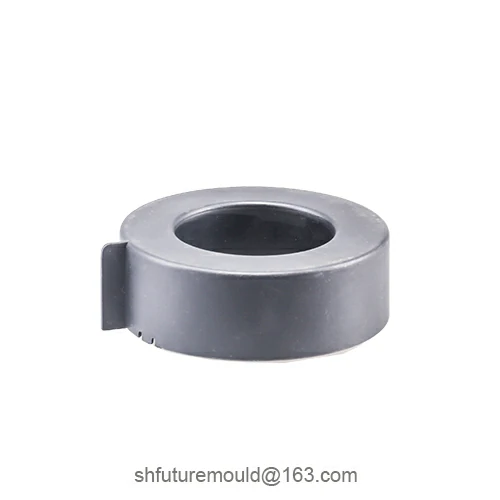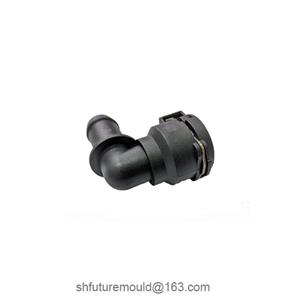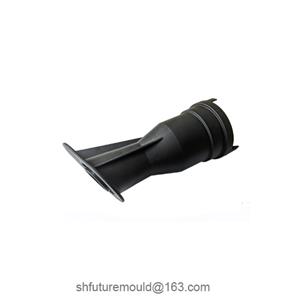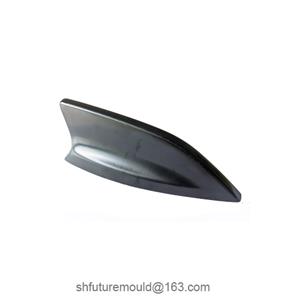Function of Locating Pins in Injection Molds
In the design and manufacturing of injection molds, locating pins (Locating Pin) are deceptively simple yet critically important precision components. Through their unique geometric structures and mechanical characteristics, locating pins plays multiple roles in mold clamping, demolding, and repetitive operations.
I. Guiding and Positioning Function: Precision Navigation for Mold Clamping
The core mission of locating pins is to ensure axial precision alignment between the moving mold and the fixed mold. When the mold opens and closes at high speeds (dozens of cycles per minute), relying solely on the cylindrical surface contact of guide pillars cannot achieve micron-level repetitive positioning accuracy. Locating pins utilize tapered or inclined surface mating (commonly at angles of 30°–45°) to create a self-centering effect, effectively eliminating radial deviations in the mold parting surface.
II. Resisting Lateral Loads: Invisible Reinforcement for Mold Rigidity
During injection, molten plastic fills the cavity at pressures of 200–600 MPa, generating lateral forces up to tens of tons. Locating pins form rigid connections with template holes through H7/m6 or H7/n6 interference fits, bearing approximately 30%–50% of the lateral loads. This prevents guide pillars from deforming under shear forces.
Design Specifications:
Material Selection: Use SKD61 (surface-nitrided) or SUJ2 bearing steel (surface-hardened to HRC 50–55).
Layout Principle: Adopt asymmetric arrangements to eliminate over-constraint risks.
Engagement Length: 1.2–1.5 times the pin diameter, ensuring contact surface pressure ≤150 MPa.
III. Ensuring Repetitive Accuracy: Stability Over Millions of Cycles
Production-grade molds must endure millions of clamping cycles. The geometric stability of locating pins directly affects product dimensional consistency.
- Injection Mold
- Automotive Injection Mold
- Electronics & Electrical Injection Mold
- Consumer Goods Injection Mold
- Airplane Components Injection Mold
- Medical Components Injection Mold
- Irrigation Components Injection Mold
- Injection Molds




